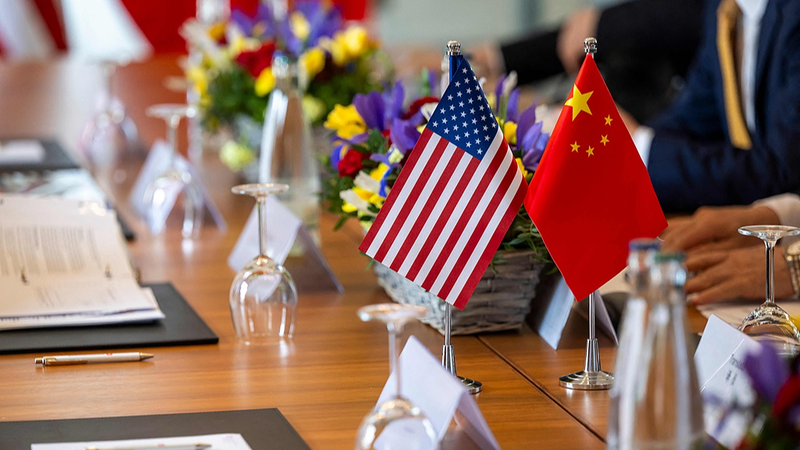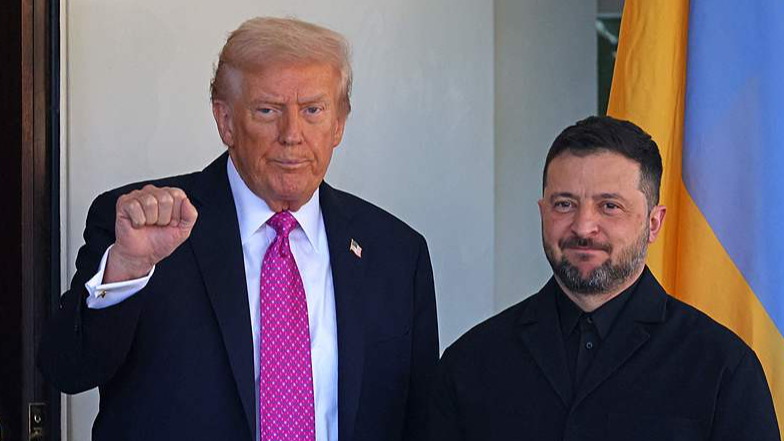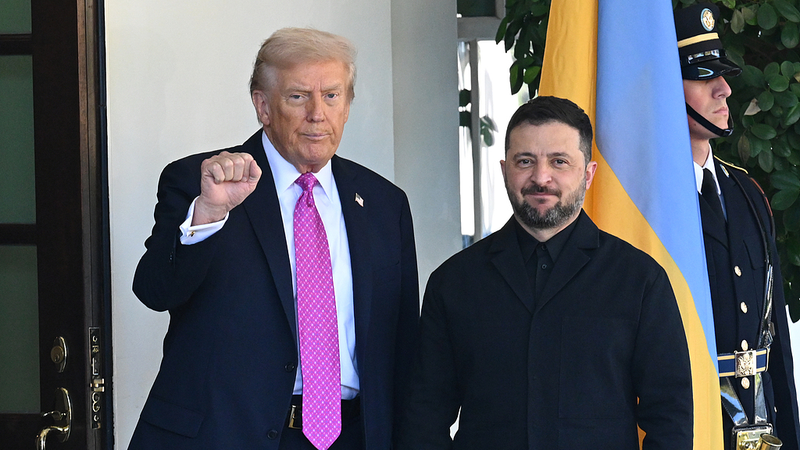In a shift away from unchecked dominance, the U.S. and China have entered a phase of strategic symmetry. Moves once seen as unilateral leverage are now mirrored, setting the stage for a more balanced rivalry.
Mirroring Each Move
For years, Washington’s export controls on high-end chips tested Beijing’s limits. Now, China has responded with rare-earth export restrictions that echo the U.S. playbook. When tariffs go up, tariffs come back; when tech bans land, similar measures follow. Each step probes red lines and reveals tolerance thresholds.
Probing to Boundaries
Tariffs and export curbs serve dual roles: first as tools of escalation, then as signposts of what’s acceptable. After repeated rounds of tit-for-tat, both governments found diminishing returns—losing little ground but inflicting mutual harm. That realization paved the way for partial rollbacks and dialogue on steadier management of friction.
Interdependence as a Stabilizer
Today’s competition spans semiconductors and rare earths—two sectors locked in a delicate balance. Neither the U.S. nor China can fully wean off the other overnight. Analysts estimate several years will be needed to build self-reliance. This reluctant interdependence imposes limits: it slows industrial acceleration for Beijing and signals waning exclusive control for Washington.
The Road Ahead
While some fear that eventual supply-chain independence may destabilize ties, history shows interdependence breeds caution. From nuclear deterrence to climate cooperation, shared vulnerabilities have long curbed aggression. As new arenas like AI governance and advanced materials emerge, mutual dependence could become the very foundation of a steadier world order.
Reference(s):
cgtn.com




